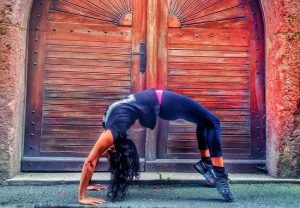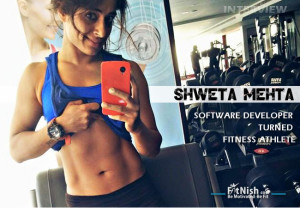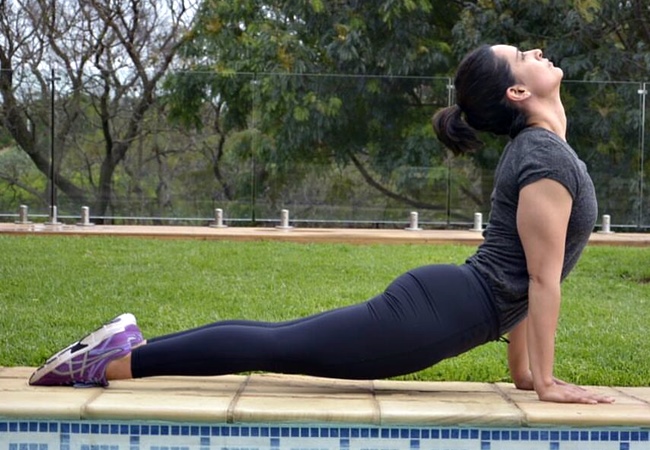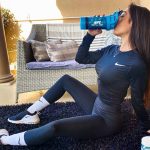Eduardo Orihuela is a strength and mobility coach helping everyday people fit fitness into their lives. He gives a whole lot of tips on various stretches, calisthenics/bodyweight exercises and holds, as well as many movement exercises. His videos are nice and simple to follow and understand and he breaks down each movement and progression.



















